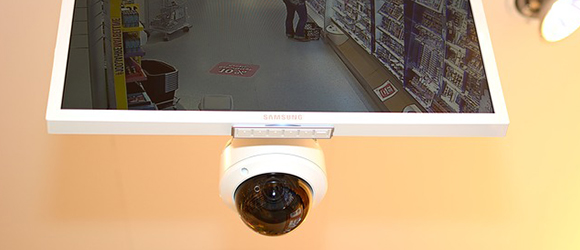Video monitoring systems have made leaps and bounds over the past few years, and that’s a great thing for residential building security. Video monitoring acts as a great deterrent for crime, and offers valuable evidence in the event that something does happen.
The new generation of cameras hitting the market today offer numerous improvements over their older counterparts:
- Much improved video quality, as compared to the CCTV footage from a few years ago
- The ability to follow the motion of subjects, which allows for more accurate recording and for being able to cover more angles with fewer cameras
- The option to record all footage to a remote hard drive, for safekeeping. Older cameras used to record on tapes that would get overwritten by newer footage on a regular basis, destroying potentially valuable footage
- The ability to stream feeds over the Internet, enabling remote monitoring
- Significantly lower cost, enabling more cameras to be installed around the building if necessary
Another important improvement in video surveillance has been the decreasing popularity of fake camera systems. Beware of any association that thinks that installing these in a building is a sufficient security measure. The excuse sometimes used is that these “cameras” still help to deter crime, but at a much cheaper cost. However, when an event occurs that requires the reviewing of surveillance, there’s nothing to review. Even worse, these fake systems give building tenants a false sense of security; when something bad happens, fake camera systems have been known to generate lawsuits.
When it comes to residential building security, video surveillance systems are one of the most effective measures an association can take. The new generation of cameras are both better and cheaper, which makes their installation in residential buildings a significant benefit for all parties involved.



